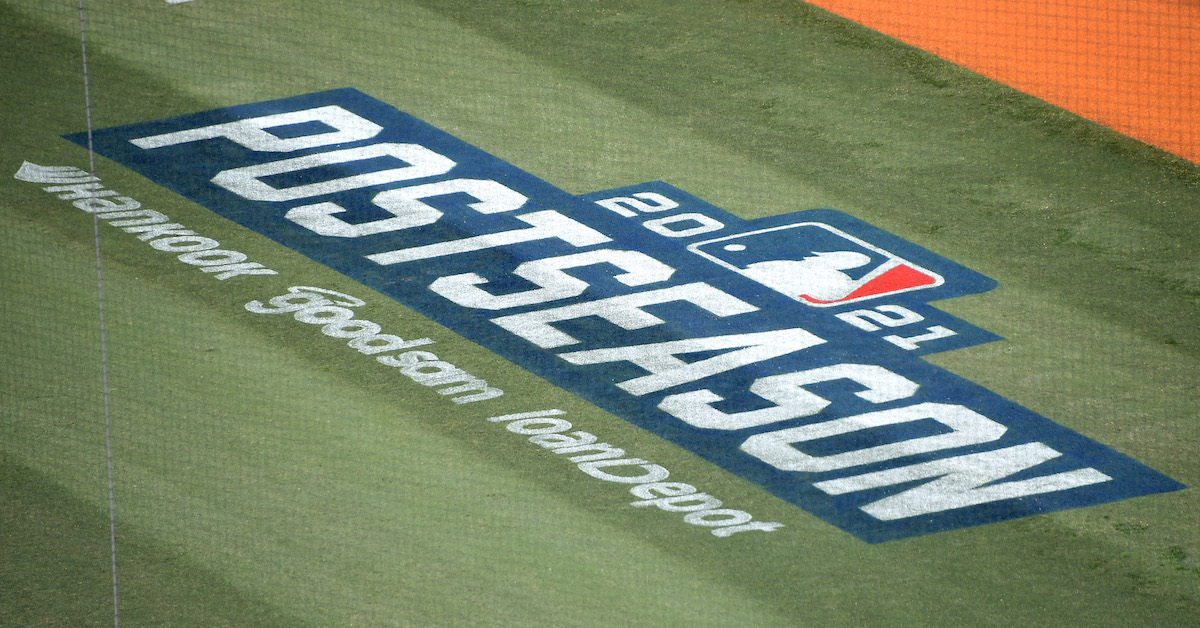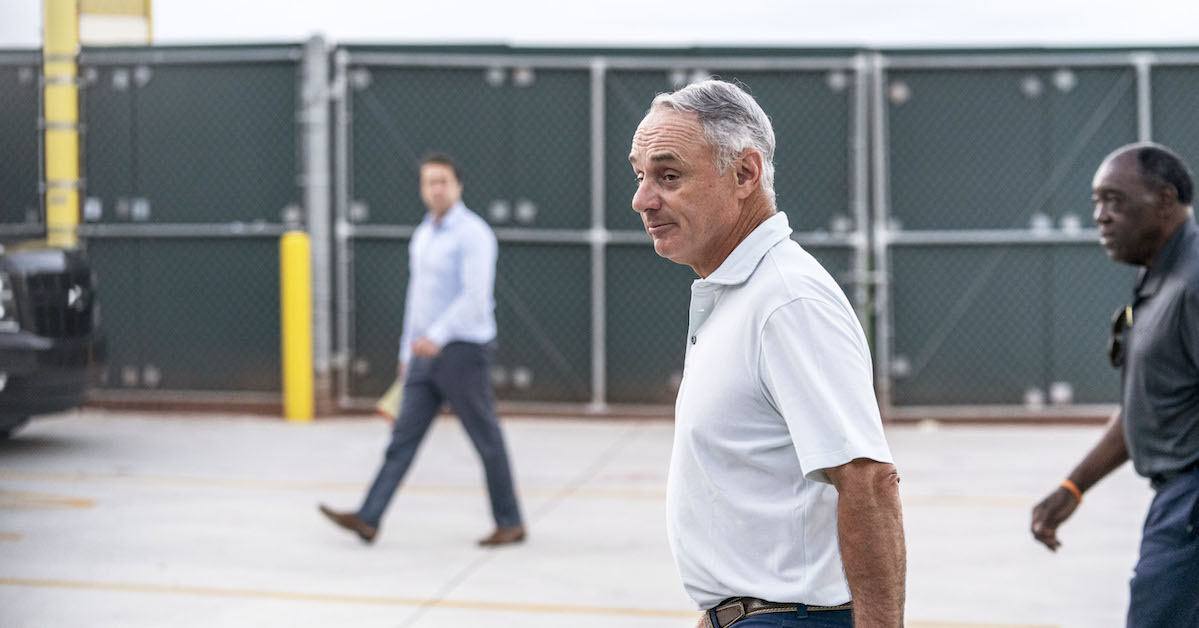What Would a Shorter Schedule Mean for Playoff Odds?

After another 24 hours of intense negotiations, MLB’s lockout of the players remains in effect. Just like the last time negotiations ticked past a league-imposed deadline, MLB announced that they had canceled a week (two series) of games, postponing Opening Day until April 14. That brings the total number of weeks canceled to two and series to four, with the possibility of more to come should the two sides not reach a compromise in their negotiation of a new collective bargaining agreement.
It’s unclear whether these games will remain canceled, or whether some newly structured season will change the schedule. After all, the league canceled a week of games last week, then spent most of this week saying they would un-cancel them and play a full 162 if the two sides reached a deal by their new deadline. Plus, the length of the season, and the salaries and service time that go with it, is itself a matter of bargaining. But let’s take the league at their word and assume that we’re now looking at a 150-game season. Read the rest of this entry »









